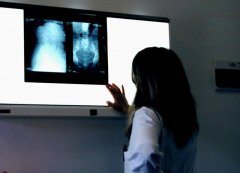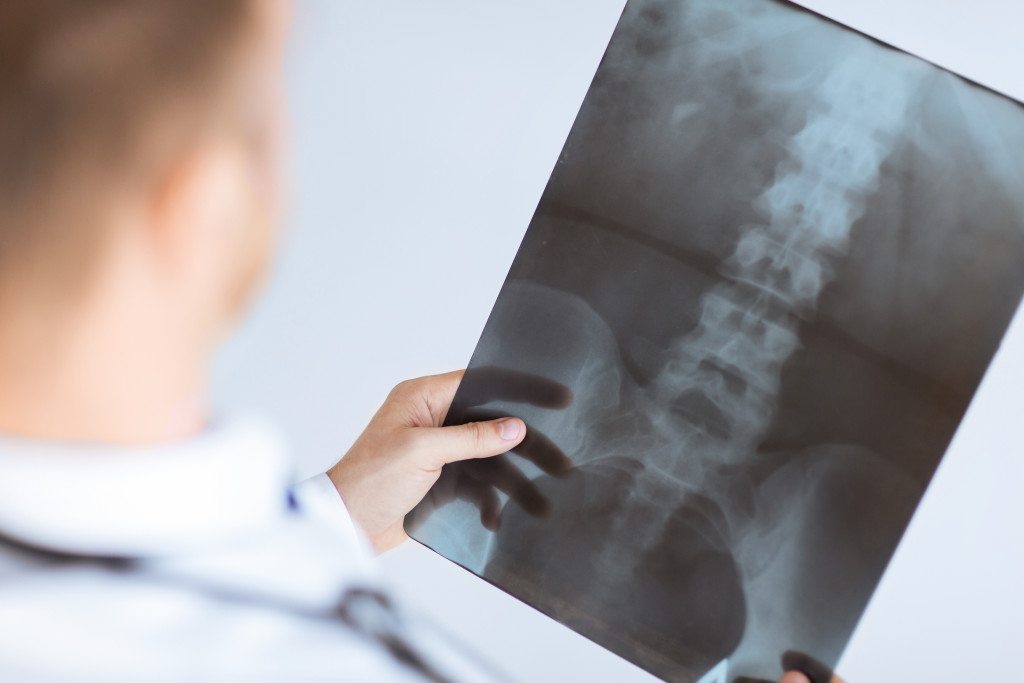Advancements in technology are improving road safety, but millions of Americans are still injured or killed in car accidents each year. According to the National Highway Traffic Safety Administration (NHTSA), automotive accidents were responsible for 2.3 million injuries and over 32,700 deaths in 2013 alone. In this article, Philadelphia car accident lawyer Brent Wieand will examine which types of injuries occur most frequently – including injuries that occur when the car isn’t running. Some of the entries on the list may surprise you.
The nature and severity of a car accident injury ultimately depends on the interaction between many factors, including:

While these factors all influence accident outcomes, some types of injuries still tend to occur more frequently than others. This fact is made evident not only by NHTSA data, but also by the findings of peer-reviewed, international medical studies on car accident injury patterns, with some recent examples provided below:
When someone says they were hurt in a car accident, you immediately picture a crash or collision. What people tend to forget is that injuries can also occur when the engine is turned off. Studying data on approximately 841,000 injuries and 1,750 deaths, the NHTSA found the following top 20 most common non-crash injuries in 2007:
20. Hyperthermia (overheating) inside the vehicle – Less than 1,000
19. Burns from battery acid – 1,000
18. Exploding tires – 1,000
17. Hoist and jack accidents, involving tires – 2,000
16. Non-fatal carbon monoxide poisoning from vehicle exhaust – 2,000
15. Closing vehicle windows – 2,000
14. Burns from mufflers and exhaust pipes – 3,000
13. “Fire incidents” – 3,000
12. Hoist and jack accidents, not involving tires – 8,000
11. Radiator and antifreeze burns – 9,000
10. Object strikes (“usually cargo,” according to the report) – 20,000
9. Accidental falls, other than boarding or stepping out – 28,000
8. Falling against the car – 28,000
7. Door-related injuries when boarding or stepping out – 36,000
6. Non-fall injuries (e.g. sprains) when boarding or stepping out – 44,000
5. Cuts and lacerations – 68,000
4. Getting hit by part of the car other than the hood, trunk, or doors – 74,000
3. Accidental falls, when boarding or stepping out – 84,000
2. Overexertion (e.g. pushing a stalled vehicle) – 88,000
1. Injuries caused by closing or slamming car doors shut – 148,000

The NHTSA also counted the top 14 causes of non-crash fatalities, about half of which appeared on the above list of non-crash injury causes. The most common causes of non-crash deaths were:
14. Radiator fluid burns – 2
13. Getting closed in the trunk – 3
12. Drowning – 3
11. Electrocution – 4
10. Asphyxiating caused by snaring the head/neck in a partially closed window – 5
9. Exploding tires – 7
8. Poisoning, other than carbon monoxide poisoning – 9
7. Hypothermia (freezing) – 14
6. Hyperthermia (overheating) – 37
5. Object strikes (i.e. fatal blunt force injuries) – 44
4. Fatal burns caused by car/engine fires – 57
3. Falling from the vehicle – 88
2. Fatal carbon monoxide poisoning from vehicle exhaust – 147
1. Being fatally crushed beneath a falling vehicle – 168
Call personal injury attorney Brent Wieand at (888) 789-3161 to talk about your legal options in a free and completely confidential consultation. In addition to Philadelphia, Brent is proud to serve all of Southeastern Pennsylvania. So if you need a personal injury lawyer in Delaware County, Chester County or Montco give Brent a call today.
***Disclaimer: This article is for informational purposes. It is not legal advice and should not be used as legal advice.***